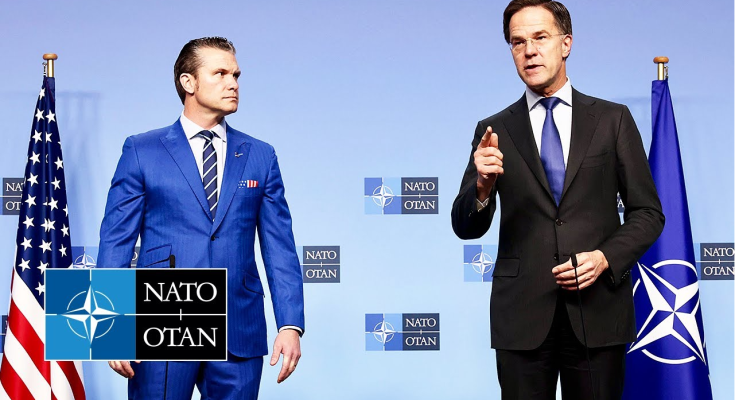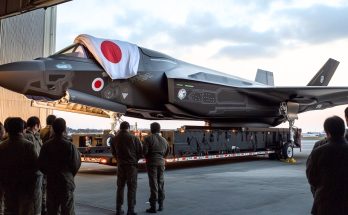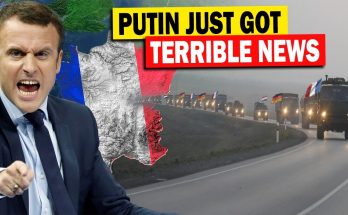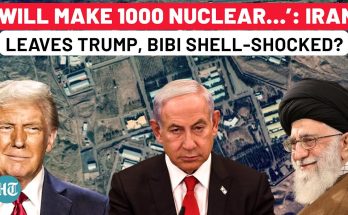On February 13, 2025, NATO Secretary General, Jens Stoltenberg, and U.S. Secretary of Defense Pete Hegseth held a high-level meeting that underscored the deepening transatlantic cooperation between the United States and NATO. The meeting, which took place in Brussels, was an opportunity for the two leaders to discuss a wide range of pressing global security challenges, as well as the future direction of NATO in an increasingly multipolar world. Their discussions also marked a significant moment in the U.S.-NATO alliance, particularly in the context of growing geopolitical tensions with Russia and China.
Strengthening NATO’s Defense Posture
A central theme of the meeting was NATO’s ongoing efforts to enhance its defense and deterrence capabilities. Stoltenberg and Hegseth discussed NATO’s strategic priorities, with a particular focus on reinforcing the alliance’s eastern flank in response to Russia’s aggressive actions in Ukraine and its increased military activities in Eastern Europe. NATO has already made significant strides in bolstering its presence in the region, with the deployment of additional troops and advanced military assets to NATO’s eastern member states. The discussion also highlighted NATO’s continued commitment to collective defense under Article 5 of the North Atlantic Treaty, reaffirming the alliance’s core principle that an attack on one member is an attack on all.
Hegseth emphasized the importance of modernizing NATO’s military capabilities to meet the evolving security landscape. He stressed the need for advanced technologies and greater interoperability between NATO forces, particularly in areas such as cyber defense, artificial intelligence, and space-based defense systems. Both leaders acknowledged the importance of fostering closer cooperation among NATO members, ensuring that the alliance remains agile in adapting to new threats.
China and the Global Security Landscape
China’s growing influence, both militarily and economically, was another key point of discussion. Stoltenberg and Hegseth agreed that China’s rise poses new challenges for NATO and its members, especially as the country continues to expand its military capabilities in the Indo-Pacific region. Stoltenberg highlighted NATO’s commitment to responding to the security implications of China’s actions, particularly in areas like cyber threats, economic coercion, and military modernization.
The U.S. has been vocal about the need for NATO to address the strategic challenges posed by China, and Hegseth reinforced that message, calling for a more coordinated approach between the alliance’s European and North American members. The meeting also touched on the growing need for NATO to deepen its partnerships with Indo-Pacific nations, such as Japan, South Korea, and Australia, in order to counter China’s influence globally.
Russia and Ukraine
The ongoing war in Ukraine was another critical topic. Stoltenberg and Hegseth reaffirmed NATO’s unwavering support for Ukraine in its fight against Russian aggression, highlighting the importance of continued military and humanitarian assistance. The meeting underscored the need for NATO members to continue to provide Ukraine with advanced weaponry, training, and intelligence support. The two leaders discussed the potential for future NATO involvement in the region, although Stoltenberg was cautious about direct intervention, emphasizing the alliance’s focus on supporting Ukraine’s sovereignty while avoiding escalation with Russia.
Future of NATO and Transatlantic Relations
Both leaders also discussed the future of NATO, stressing the importance of unity among member states. Stoltenberg noted that NATO remains strong due to the shared values of democracy, the rule of law, and human rights, which continue to guide the alliance’s actions. Hegseth emphasized the U.S.’s commitment to NATO, reassuring European allies of America’s unwavering dedication to the alliance.
The meeting between Stoltenberg and Hegseth also underscored the vital role that the United States plays in NATO’s operations and strategic direction. As the U.S. faces its own domestic challenges, Hegseth’s leadership is expected to continue influencing NATO’s approach to global security.
Conclusion
The meeting on February 13, 2025, between NATO Secretary General Jens Stoltenberg and U.S. Secretary of Defense Pete Hegseth represents a pivotal moment in transatlantic relations. Their discussions on defense, China, Russia, and NATO’s future illustrate the alliance’s commitment to facing new global security challenges. The growing cooperation between the U.S. and NATO will play a critical role in shaping the geopolitical landscape in the coming years, as the alliance seeks to adapt to an increasingly complex and multipolar world.



